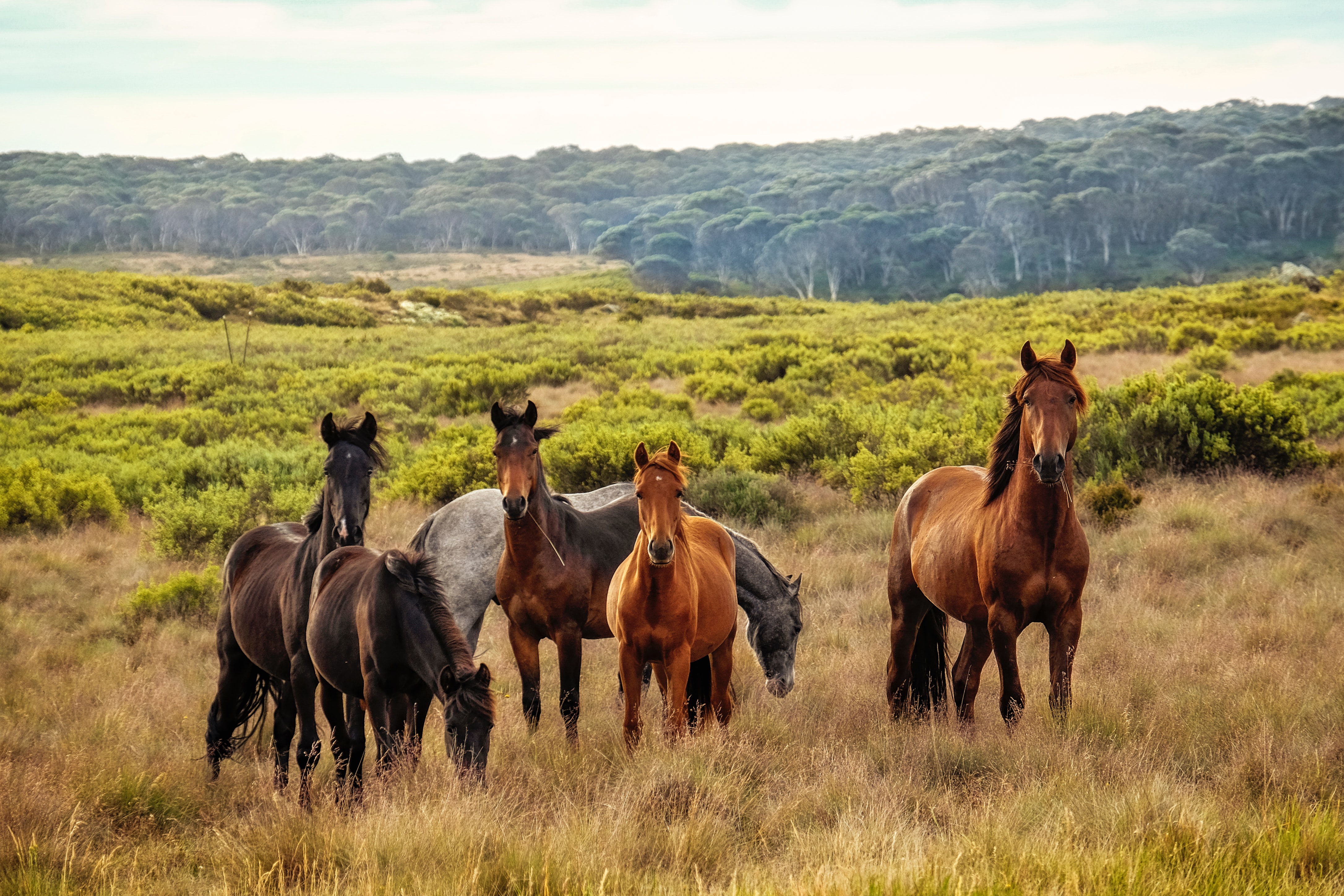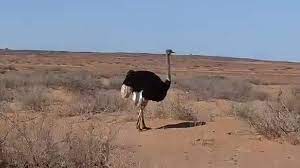
RARE BREEDS TRUST OF AUSTRALIA
powered by TidyHQAustralian Heritage Species
Australian Heritage Species
About
This section celebrates the Australian Heritage Species that, although they might not be recognised in Australia as a livestock or farm breed in their own right, have contributed greatly to Australia's heritage from early British settlement time to more recently. These unique species have in the most part, evolved on their own in the Australian environment. They are the:
As these species are generally feral populations, with the exception of the various attempts at farming the Ostrich, it is not possible to obtain any real indication of their precise numbers. Therefore, they are are given the status of either Rare or Common.
- Rare is for species that have smaller more localised populations.
- Common is for the species that have larger populations over multiple locations throughout Australia.
Australia also has feral pigs, cattle, goats and donkeys, in large numbers, which have been free roaming since settlement.
Australian Heritage Camel
Common

Australia has the largest population of wild camels, with an estimated population of 3,000,000, in the world today. Camels can be found in over 37% of mainland Australia and in the Northern Territory camels are found in over 40% of the land area.
Camels are survivors of an almost extinct group of ungulates that once inhabited all the large land masses of earth except Australia.
The only camels in existence today are two domesticated species; the Arabian Camel (Camelus Dromedarius) better known as the Dromedary and the Bactrian Camel (Camelus Bactrianus) also known as the Mecheri. Find out more ...
Australian Heritage Wild Brumby
Common

A brumby refers to the wild horses and ponies of Australia.These free roaming horses are not native to Australia, but are a large part of our heritage.
There are many different types of brumbies, descended from different breed sources
It is believed that the first Brumbies belonged to James Brumby a soldier and settler who received his first land grant in 1794. His horses were left to roam freely in the bush around his property in New South Wales after he left for Tasmania in 1804. Others believe the word has an older origin and is derived from the Irish word bromaigh (meaning ‘young horses’ and pronounced "brummy". Find out more ...
North West Island Feral Fowl
Rare

North West Island had a population of feral chicken which may have been introduced onto the island by British Settlers in 1788. While it is possible there have been rare injections of new blood from Australia or other places in the early years it seems likely that these North West Island Feral Fowl have been bred in isolation for over two hundred years under natural selection pressures. They have survived on an island that has no natural water sources and alongside natural and introduced predators. Find out more ....
Ostrich
Common

Photo: feral ostrich, Birdsville track, ABC website.
Australia has both feral and farmed ostriches. A page
is being developed pending further information.
